Here we go again. And it was pretty much expected. RED Digital Cinema is suing Nikon regarding the use of the compressed raw video recording capabilities (N-RAW) available on the newly announced Z9 flagship camera. All the lawsuit’s highlights are below.
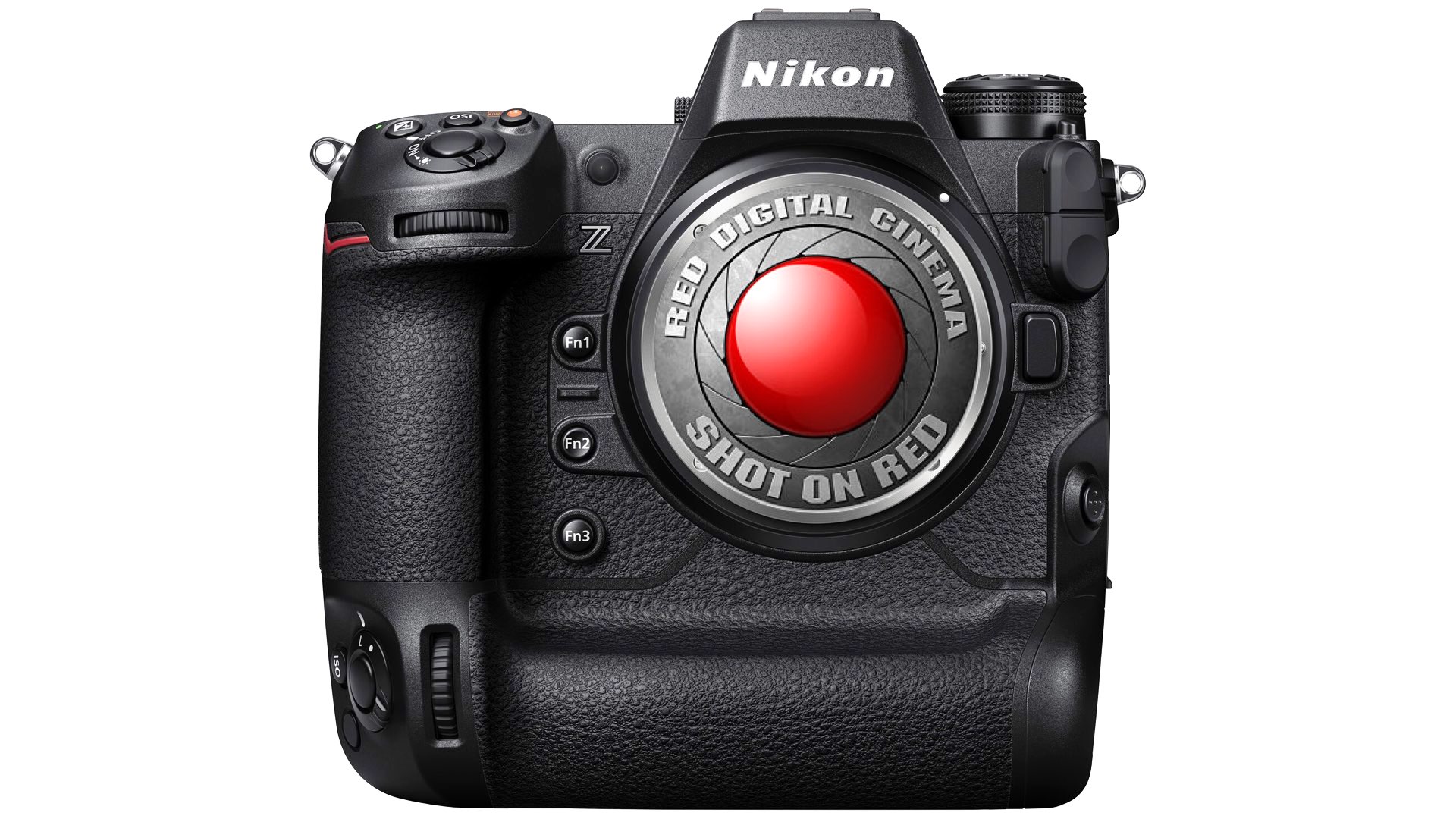
An expected move by RED
Actually, we anticipated this. Before the acclaimed Firmware 2.0 of the Nikon Z9 was released, we contacted Nikon and IntoPix to verify that their new recording format (N-RAW) does not infringe RED’s patent regarding compressed raw. We didn’t get answers. But now we got them. RED has just filed a lawsuit about this. We’ve summarized the highlights of the lawsuit. Key points are below (as claimed by RED):
- Since the introduction of its revolutionary RED ONE camera, RED’s products have been used to film blockbuster movies, as well as many other movies and television series. The RED cameras and products have revamped the movie-making process and industry.
- RED owns by assignment U.S. Patent No. 7,830,967 (the “’967 patent”), entitled “Video Camera.” It issued on November 9, 2010. The ’967 patent discloses, for example, a video camera that can be configured to highly compress video data in a visually lossless manner. The camera can be configured to transform blue and red image data in a manner that enhances the compressibility of the data. The data can then be compressed and stored in this form. This allows a user to reconstruct the red and blue data to obtain the original raw data for a modified version of the original raw data that is visually lossless when demosaiced. Additionally, the data can be processed so the green image elements are demosaiced first and then the red and blue elements are reconstructed based on values of the demosaiced green image elements.
- RED is informed and believes and thereupon alleges that Nikon makes, uses, imports, offers to sell, and/or sells in the United States, and in this judicial district, cameras under the Nikon brand that infringe each of the asserted patents.
- RED is informed and believes and thereupon alleges that Nikon’s infringing video cameras (the “accused products”), include, but are not limited to, “Z Series Mirrorless Cameras” such as “Nikon Z 9 with Firmware 2.0.”
- Nikon and RED are direct competitors in the video camera market. Nikon sells its accused products in the same marketing and sales channels as RED.
- RED is informed and believes and thereupon alleges that Nikon knew about prior disputes involving the asserted patents as well as discussions in the public forum surrounding the patents and RED’s assertion of those patents in various actions. For example, given the foregoing and Nikon’s significance and history in the camera industry, RED is informed and believed and thereupon alleges that Nikon also knew about RED’s prior lawsuits involving one or more of the asserted patents, including at least: Red.com, LLC v. Kinefinity, Inc. (8-21-cv-00041 [CDCA]); Red.com, Inc. d/b/a Red Digital Cinema v. Sony Corporation of America et al. (2-16-cv-00937 [EDTX]); Red.com, Inc. d/b/a Red Digital Cinema v. Nokia USA Inc. et al. (8-16-cv-00594 [CDCA]); and Red.com, Inc. v. Sony Corporation of America et al. (3-13-cv-00334 [SDCA]). RED is informed and believes and thereupon alleges that Nikon also knew about the asserted patents due to RED’s patent notice on its products, packaging, website (www.red.com/patent).
- Nikon instructs, teaches, aids, and/or encourages others to use, test, assemble, distribute, repair, or otherwise handle the accused products. For example, it directs users of its Z9 cameras to download Z9-related manuals from Nikon’s Download Center, then teaches them how to record a motion video in the N-RAW Recording Mode.
- RED is informed and believes and thereupon alleges that Nikon’s infringement of the claims of the ’967 patent has injured RED in at least the following areas: lost sales and profits, reduced business, and injury to its general reputation and industry standing. Damages to RED are not yet fully quantified or measured and may not be ascertained without a proper accounting of Nikon’s sales and profits arising from its infringement. RED is also entitled to an increase of damages up to three times the amount found or assessed at least due to Nikon’s willful and deliberate infringement.
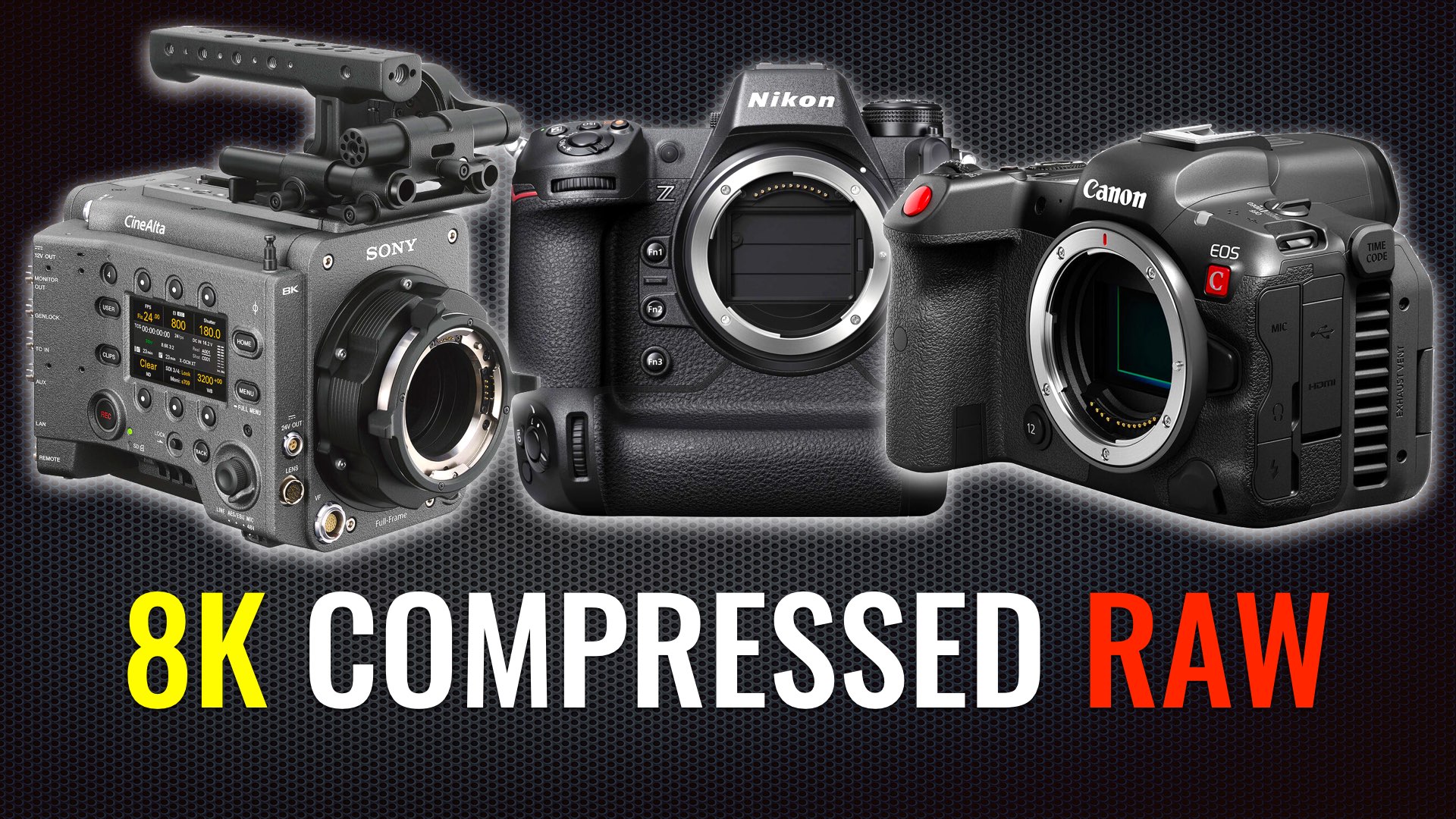
Summary
It’s hard to tell what Nikon is going to do. Z9 shooters have already installed Firmware 2.0 and are already shooting N-RAW with it. Basically, there are three options: RED wins, and Nikon removes N-RAW and compensates its customers. RED wins and Nikon compensates RED. RED loses and will open up the gateway for other camera manufacturers to implement compressed raw. What do you think?
Product List
Here’re the products mentioned in the article, and the links to purchase them from authorized dealers.
- Nikon Z9 Mirrorless Camera


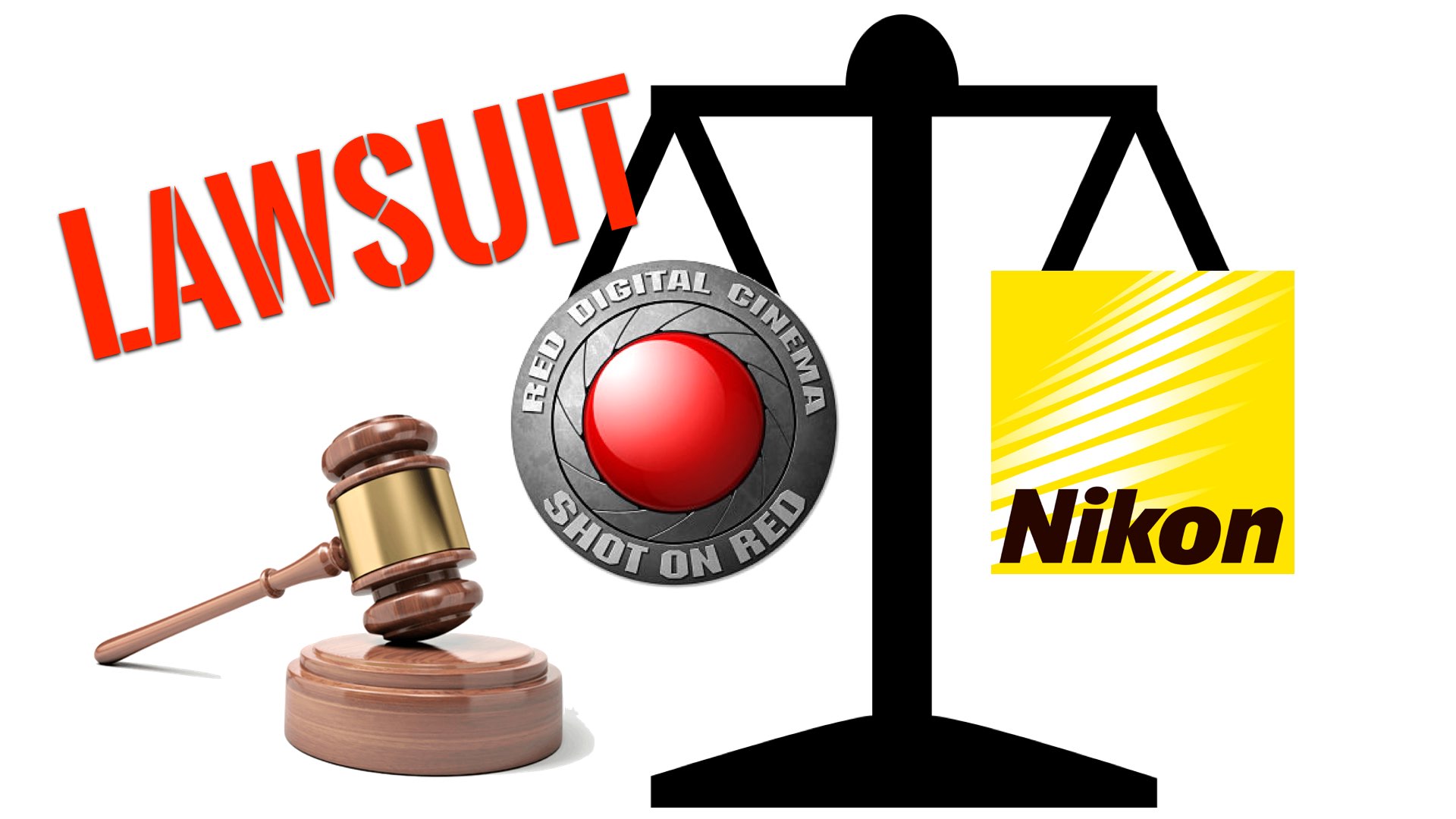

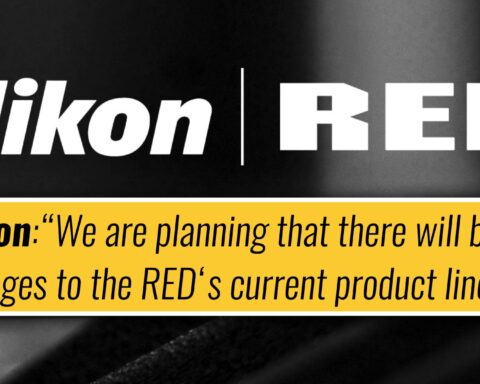
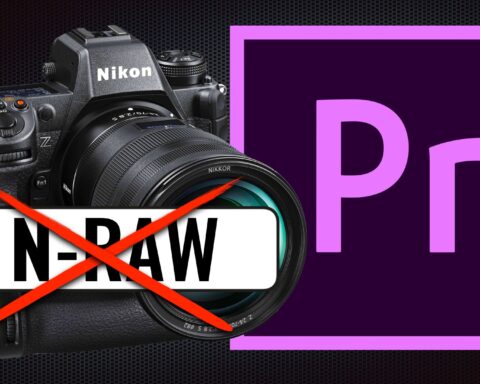
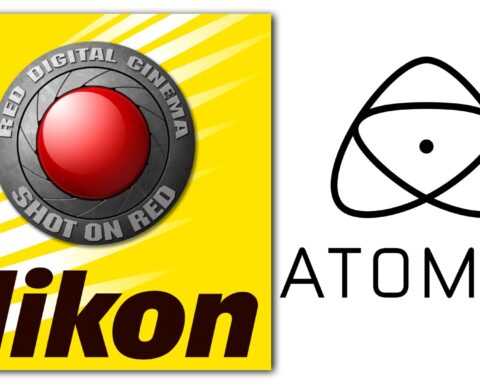
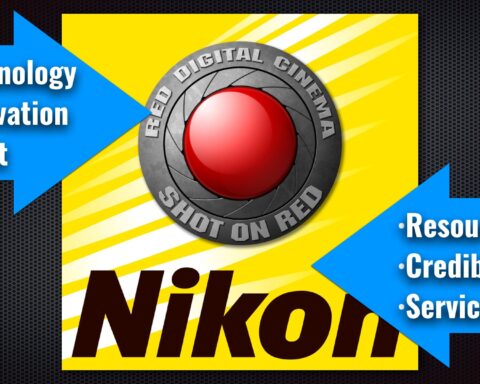


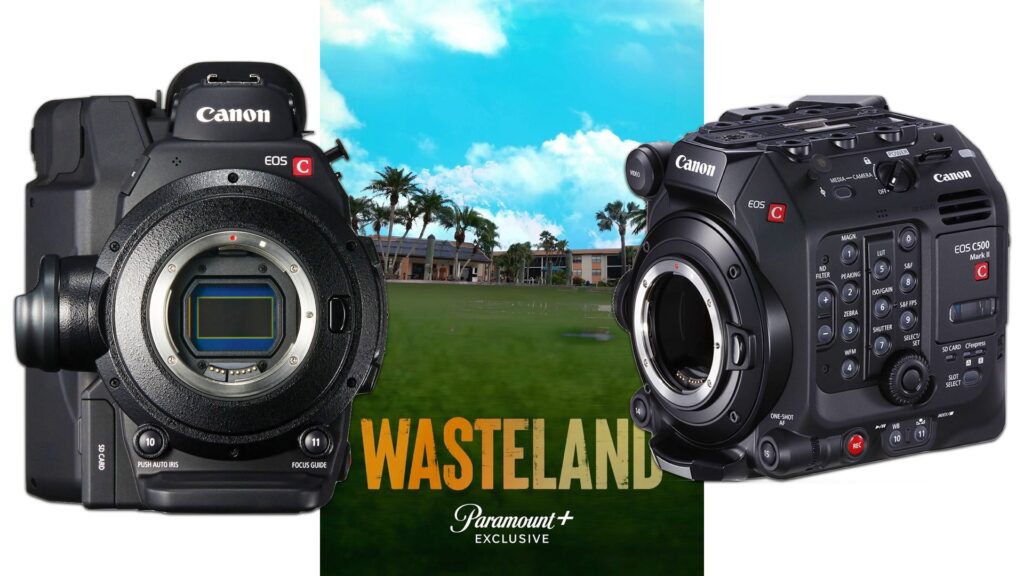
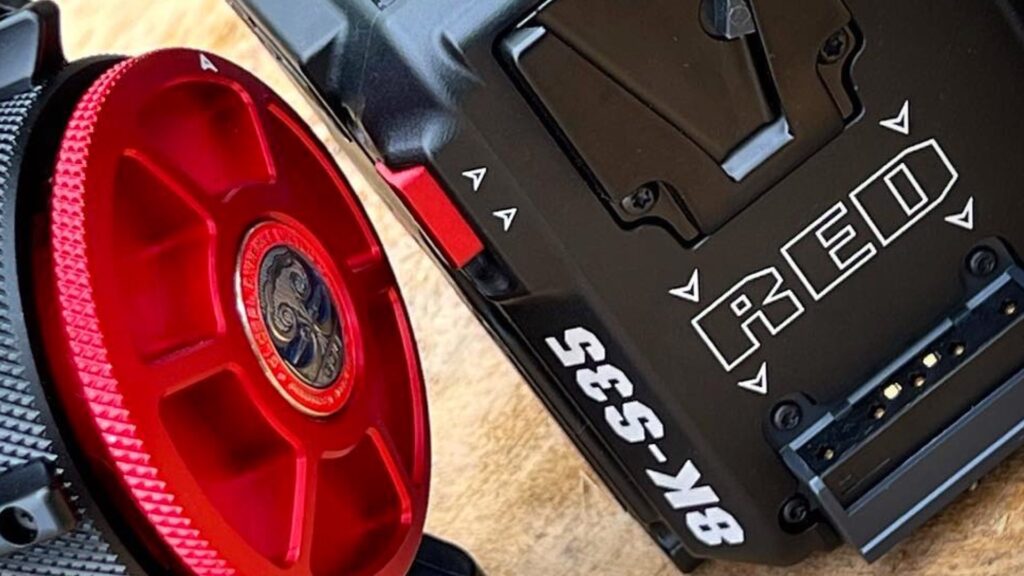
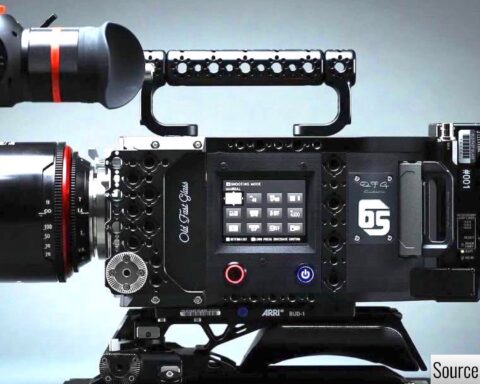

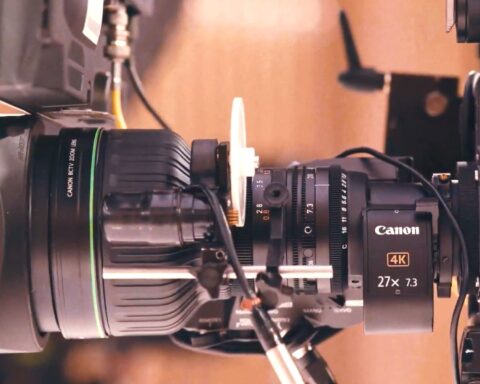
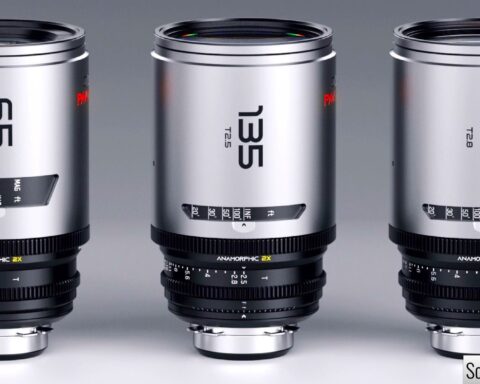
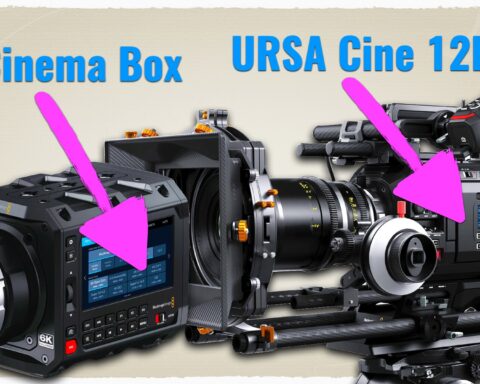

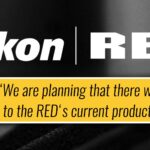
You missed an option — the common one: Red wins and Nikon pays Red a license fee like everyone else.
This is exactly the reason why I never use RED cameras.
Imperialist Patent BS that stops devlopents of an industrial sector must be boycotted in any manner.
Who don’t care about this don’t care about the future of the entire Industry and think only about the immediate profits.
Nothing RED has done has prevented innovation in the cinema space. On the contrary, they revolutionized digital cinema and we’re all better off for it. While other companies charge $7,000 licensing fees for RAW, full frame and HFR, RED has always given REDCODE RAW and HFR away for free with their cameras. RED RAW is the most powerful RAW codec on the planet, and they would be foolish not to protect their patent. Apple, with its war chest of tens of billions of dollars and an army of 500 lawyers could not even get the patent tribunal to hear their case, when they’ve eagerly tossed out 2,000 patents in a mere ten years for rich and powerful companies like Alphabet and Apple. Apple earns 151 billion dollars/day, while RED is a relatively small company with a few hundred employees earnings of around a few hundred million/year. Of course they’re going to defend their patents against Chinese and Japanese multi-national companies, just as those companies vigorously defend their own every year. Someone calling RED’s patent imperialist is rich, especially as most of these punks worship Elon Musk.
I’m all for whatever is best for the consumer!
If you’d boycott Red because Red protects its intellectual property, then you should also be boycotting Apple, Pixar, Disney, and IBM.
The reality is that Red licenses its IP to other companies, and the only reason these turn into law suits is that the companies that end up licensing the IP try to get away with infringing it instead of simply licensing it.
That’s not what Red wants… they want damages and a injunction to prevent Nikon form continued use of the offending technology.
This is ridiculous. Patents aren’t suppose to be able to protect something that is obvious. Using compression on raw images was happening well before RED did it. I can’t wait for this nonsense to be over in 2028 and RED will have to play by fair market principles the value of their company will absolutely plummet.
How did CineForm and Blackmagic Design avoid getting sued over their compressed raw codecs? Did they license the tech from RED?
Canon and Arri have compressed raw, why do they have no problems with Red
Canon has done compressed Raw since the 1DC years ago. Not sure Red has a case.
They either developed their own codec or licensed Red’s IP.
BRAW debayers and adds noise reduction in-camera, hence it is not “true raw”, but pretty close.
The reality here is that ‘live’ compressed raw video & audio has been done before RED existed as a company, the fact that their lawsuit makes no mention of the mathematics of the compression algorithm used and comparing that to Nikon’s makes me think it is largely like Apple’s patents (a square with rounded corners as an icon etc.) in that it is a patent troll patent, more bother to argue against than to pay a licensing fee for small operators and larger operators are left alone. This is similar to their patent on recording video to hard drives (which already existed predating their patent in the PC world) via a cable. The cable and connectors can be patented if they are significantly different to the existing cables (RED have a serial chip on the drives to identify ‘authenticate’ slow-arse red ssds, and connectors in use, but the action cannot.
To give a more every day example, I could patent a type of wheel, but I couldn’t patent the concept of the wheel (pre-existing usage and already invented).
RED seems to like to try to be like Apple in that they will patent something that is already in use or has already been done by others, in such a general manner that it tries to cover any innovation even thinking along the same lines.
This being said, it is also being pursued in one of the dodgiest patent states of the US (California). The US is generally treated as a bit of a joke patent wise by the rest of the world (don’t worry we’re catching up fast here in Aus) in that it seems to be the golden rule and that alone that decides the ruling. The only one shadier seems to be China with their localised patent system and refusal to accept any foreign patents as legitimate (a bit Ben Franklin there).
Also RedRAW is NOT free, it is a licensed product.
As mentioned by other people above Canon, ARRI and many others do their own compressed raw codecs, I believe Nikon’s raw image compression on their first digital cameras also predate’s red’s raw system. so the only case RED really have here is if Nikon have used the same compression algorithm/math and RED have a patent on that algorithm (more likely it will be a university).
@Slipoch So many outlandish, insane lies, it isn’t even worth taking the time to argue. First of all, ARRIRAW is ARRI’s format for uncompressed, unencrypted and uncompromised sensor data. It is NOT compressed RAW. Only a fool would argue otherwise. Furthermore, RedCode RAW comes free with every RED camera, along with whatever high frame rates the camera is capable of while ARRI and Sony charge as much as $7,000 for the privilege of shooting RAW and there are other costly licences for HFR and full frame, but most productions rent these cameras, they’re too expensive to purchase, while RED makes relatively affordable cameras for working pros who demand the very best image quality and the most powerful RAW codec in the world. What Graeme Nattress and RED accomplished at the time turned the industry on its head, so much so that even a highly respected cinematographer, Geoff Boyle, accused Jim Jannard of being a scam artist when it was announced that his company would be selling a 4K RAW cinema camera for a mere 20 grand – that is how impossible the idea seemed at the time to some industry professionals. Well, Boyle turned out to be dead wrong. The Japanese multinational corporations you are so fond of didn’t have a clue. You’d have to have dementia to claim otherwise. Nikon will meet the same humiliating defeat as all the rest – if it ever even goes to trial.
I’m going to have to agree with Jon here. Albeit in a much more equitable way (I think). RED has the only compressed true raw data from the sensor on the market. That is why they have a patent and why no other company can have compressed raw internally. Atomos found a workaround by recording compressed raw externally. Like Jon said above, ARRI doesn’t use compressed RAW. They used uncompressed raw which is why the file sizes are so large. Braw is not real RAW. It is partially processed just like Canon Raw Lite, hence the “Lite”. DJI had to recently drop their promise of internal RAW, and Kinefinity’s 8K camera essentially died because they promised internal raw and couldn’t deliver. And Kinefinity’s camera is a fantastic camera.
Nikon will lose and have to pay, BUT the people who have already bought the camera and are using Nikon Raw will continue to reap the benefit of Nikon intentionally violating the patent. I have owned and still own Blackmagic Cameras that have compressed CDNG codecs. I still have my URSA Mini Pro 4.6k with the firmware that has the codecs: BRAW, ProRes and CDNG at different compression rates. Blackmagic had to remove CDNG just like Nikon will have to remove Nikon Raw. BUT again, my camera still has all the codecs because I did not upgrade the firmware. When I shoot BRAW and then shoot CDNG with my URSA mini pro there is no comparison. CDNG wins (almost) every time. More dynamic range, more color information. Does it have more noise than BRAW. Sure it does. All true raw formats will. BRAW definitely has noise reduction built in. I cannot shoot over 3200 iso with CDNG without it being unusable. I won’t even go over 1600 iso personally with CDNG. So I use BRAW in low light situations cuz I know I’ll have some noise reduction baked in without worrying about fixed pattern noise. But anything else, I use CDNG.
I now also own a RED camera (v-raptor) and I always shoot in Raw r3d with 2K ProRes Proxys. It’s a beautiful image and the 16-bit true compressed Raw is why. All that with manageable file sizes. Is the RED raw codec better than the CDNG? Nope! Which is why I will hold onto the URSA Mini Pro 4.6K till it dies. And if it dies, I will buy another used or fix the one I have. The same goes if I owned a Z9. I would save the firmware and use the internal raw codecs until the end of time.
I believe this is why Nikon intentionally violated the patent. They will sell enough Z9s to warrant the payout to RED, and Nikon’s users will be happy. Nikon is also a huge company. It is not a Blackmagic or Kinefinity.
And like someone else said, don’t bash RED unless you’re willing to throw away the MacBook/iPhone/iPad you’re using to complain about RED. Apple is the worst offender of innovation of them all.
And remember, if you developed a product that could make you financially secure for several lifetimes, would you share it for free? Or would you expect those who wanted to use the technology to pay you a fee?
If the answer is that you would share it for free, then complain.
If you would take the money, then…..
I should add in response to claims that RED is somehow stiflng innovation that it is instead the marketing departments of the enormous Japanese manufacturers who are to blame for that. Just look at how many years it took for Sony to add 10-bit to their mirrorless cameras (scopes, 24p, anamorphic, shutter angle anyone?) and year after year of Canon crippling their cameras to protect their cinema lineup.
Folks think Blackmagic is disruptive, they’ve got nothing on RED, who, at the time they released the RED ONE for $17,500, manufacturers like Sony were still selling HD cameras for hundreds of thousands of dollars. Interesting that so many of the hostile comments are coming from those who (a) can’t spell; (b) believe patents shouldn’t exist and (c) claim that RED’s patent was obvious when they don’t even understand the difference between BRAW and REDCODE RAW and that not a few prominent industry professionals at the time thought Jannard was a scam artist and that 4K RAW was an impossiblity. Disgruntled folks over at cinematography . com were even nitpicking over debayered 4K not being true 4K!
Something else overlooked is RED’s early push toward HDR, inarguably the biggest revolution in cinema since the talkies; however, in this instance, it is not the manufacturers who are at fault but the filmmaking community at large, many of whom are openly hostile to HDR.
Not shocking that the Red lemmings are out in full force. Red’s raw Paten is like winning a paten for sitting on a toilet instead of squatting. Raw recording predates Red, Raw Recording in camera predates Red as a company, the fact that they won a patten for recording raw video inside a camera is absurd. People calling this intellectual property are gullible and stupid.
What Red’s paten trolling is all about is trying to protect themselves against lower priced cameras entering the market and taking market share from them. Red does not want Blackmagic or any other lower priced cinema camera on the market to steal their thunder. Red positioned themselves as democratizing filmmaking when the truth is that they sell cheaply made Chinese junk at a 600% markup. Red mags can be had in bluk from china at about 10 dollars a piece and the repackage them and sell them on for 2000 dollars. Cables that can be had for pennies, they sell for 1200 bucks.
They have a ton of lemmings who are gullible naive and just stupid who are always out in full force to defend a dubious company fleecing them.
The only thing you’ve managed to prove here is that this forum needs moderation.
I can second that, Rakesh! Unfortunately and predictably, the only ones who are out in full force are the haters. The number of sober-minded individuals is minuscule by comparison. And the filmmakers and photographers who run the most profitable camera and video websites on the Internet fail in their responsibility to correct all the falsehoods in the comments sections for fear of alienating their readers and losing out on the massive amount of revenue generated by the tons of advertising on their sites.
Well, Mr Jon, you are the one who needs moderation for your insulting language and hysterical bravado in defence of criminal RED behaviour for parenting ideas developed by clever people who did it out of passion (computer scientists and mathematicians).
@Dag RED will crush Nikon like a bug!
Nikon will either pay RED to use compressed RAW or they will remove it in a firmware update. Given they didn’t settle it before releasing the cameras – it would seem they don’t intend to pay to use compressed RAW – my bet is you’ll see it removed in a future firmware update. Unlike Canon and Sony, it’s highly unlikely Nikon own relevant video acquisition patents that RED could be infringing for any kind of cross-patent agreement.
I’m not a professional filmmaker/DP, but I am a software engineer working in this space. I own a RED Komodo, and personally I think, while RED’s compressed RAW is excellent, it should not have been granted a patent. Applying compression right after sensor read-out as opposed to after debaying and colour processing was already done in stills cameras – applying it to video is not enough of a technological innovation as the underlying algorithm is the same (Unless it was inter-frame compression which would limit the patent coverage to inter-frame RAW compression). It wasn’t done by companies prior to RED largely because it wasn’t necessary nor worth the additional computing overhead at typical acquisition resolutions used at the time.
Alas they were awarded said patent and so RED are within their right to uphold the patent against new compressed RAW video formats. I think the elephant in the room is that patents are in practise woefully inept at identifying and protecting genuine innovation (at least in the software engineering and algorithms domain).
It wasn’t done at the time by other companies not because it wasn’t necessary but because recording 4k RAW data was prohibitively expensive and cumbersome, requiring a tethered recording device. REDCODE changed that by using innovative compression techniques to take the RAW data down to a manageable size while retaining image quality and the full flexibility of RAW. Cameras were still shooting HD interlaced video at the time, on tiny sensors incapable of recreating the shallow depth of field characteristic of film. Jannard recognized that the sensor had to be the size of a film negative, and the RED sensor also recreated the texture of film. RED absolutely revolutionized digital cinema, and RED RAW was only one of many accomplishments that pushed the industry forward. The patent was inarguably not obvious, as not only did other manufacturers not think of it, many industry professionals thought it was vaporware. Protecting their IP was imperative, as other companies were eager to get their hands on it. In fact, a former VP of marketing and product development pleaded guilty of corporate espionage after it was learned that he’d hacked the email account of Jim Jannard and apparently shared information with ARRI about their upcoming camera. The same individual spread falsehoods about RED’s products and disparaged the company on their forum, reduser.net under a pseudonym. Incidentally, no one cares whether you’re a software engineer, that doesn’t make you patent expert.
I hope they squash that patent and everybody takes the patent holders to court.
Ain’t gonna happen. Don’t be so emotional – it’s not RED that’s holding back innovation, but the greed of the camera manufacturers, who give you micro HDMI ports, lousy ergonomics, no false color, no TC, no 24p or no shutter angle. The patent is water tight. None of the mutinational canera companies even thought affordable 4K compressed raw possible when the RED ONE changed filmmaking forever. Sony et al were raking in huge profits selling cameras for hundreds of thousands of dollars when RED’s cost a mere $17,500. And up until this year, Sony and ARRI were charging thousands to unlock features like anamorphic, HFR and raw. ARRI and SONY media and card readers cost as much as I paid for my first automobile, while RED has moved on to ordinary CFExpress cards. The SSDs in Sony and ARRI’s drives cost them around twenty bucks, maximum! LOL Wake up, dude.
Lame!